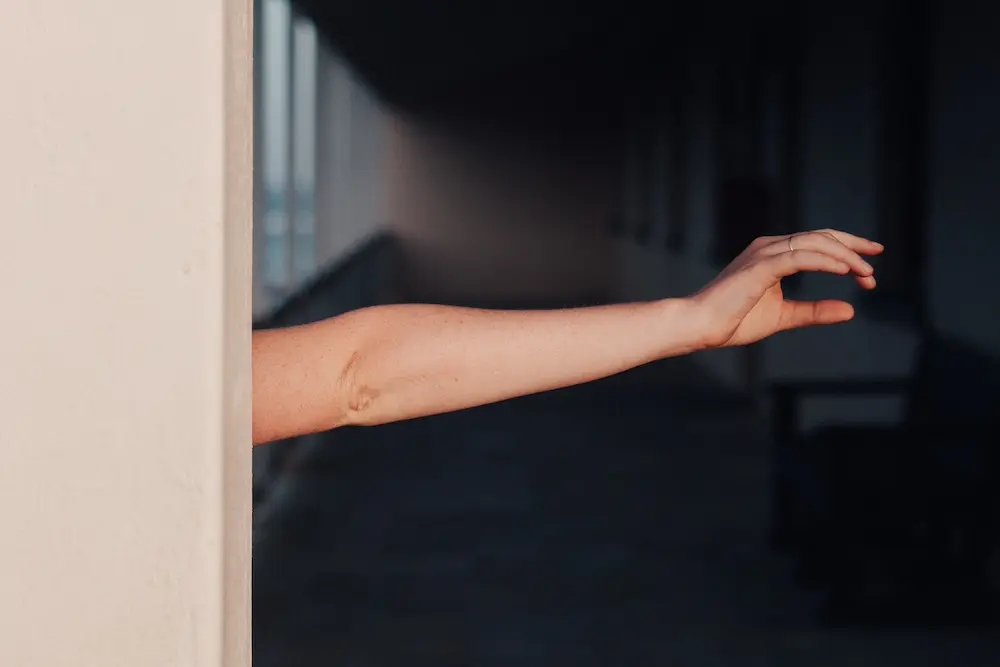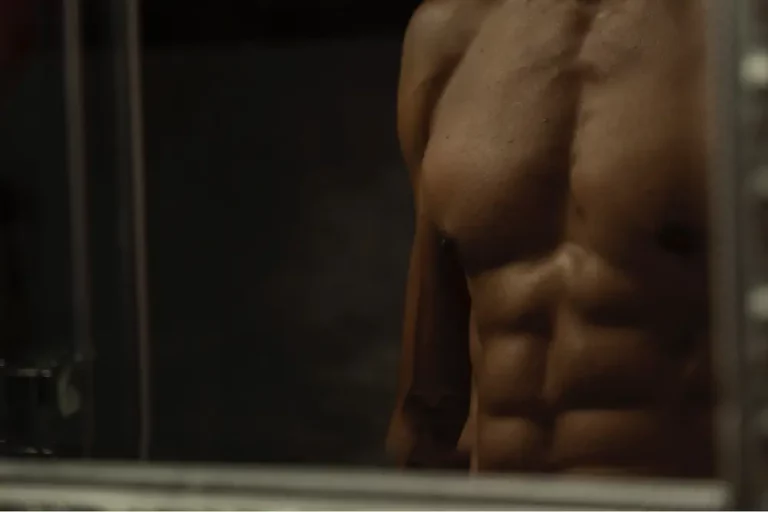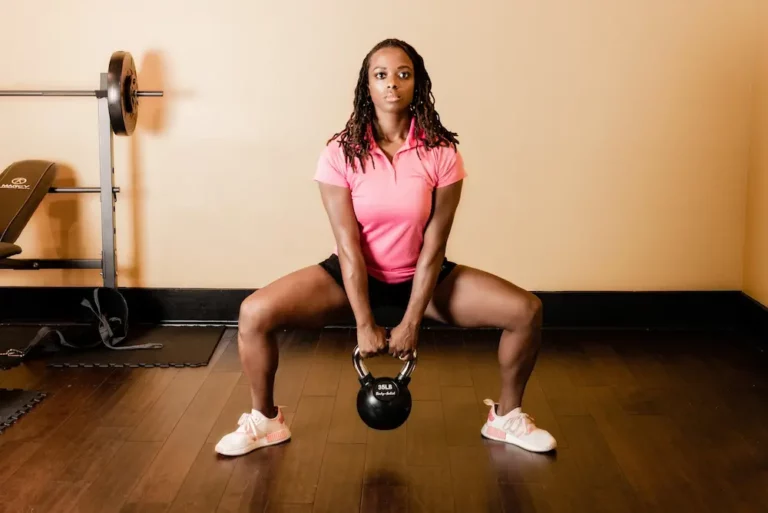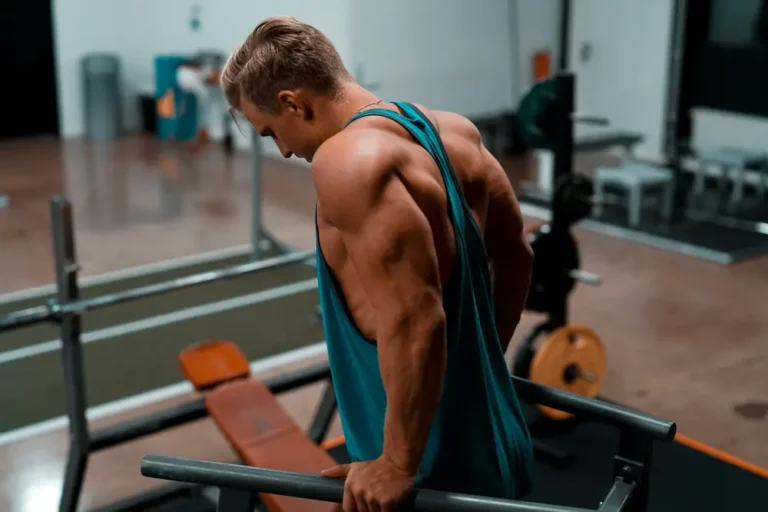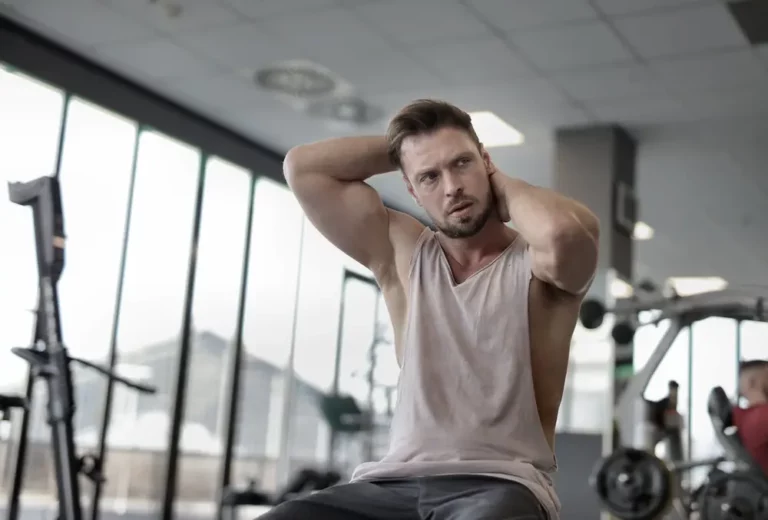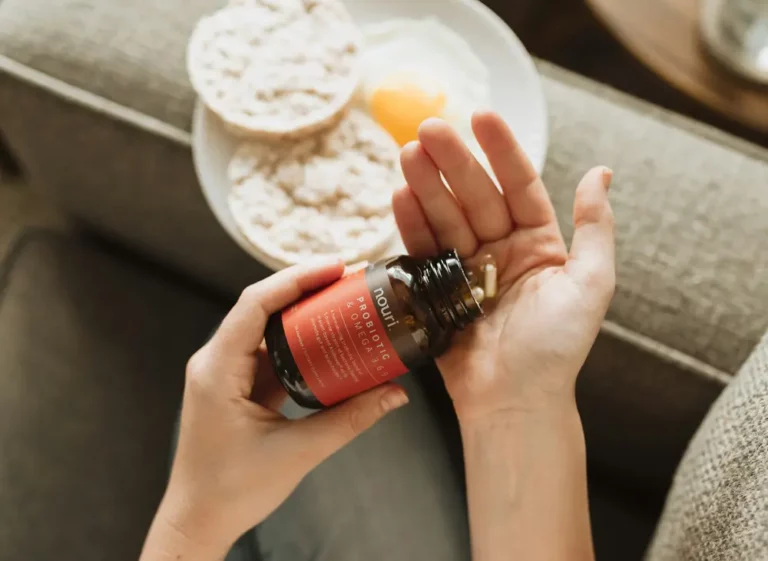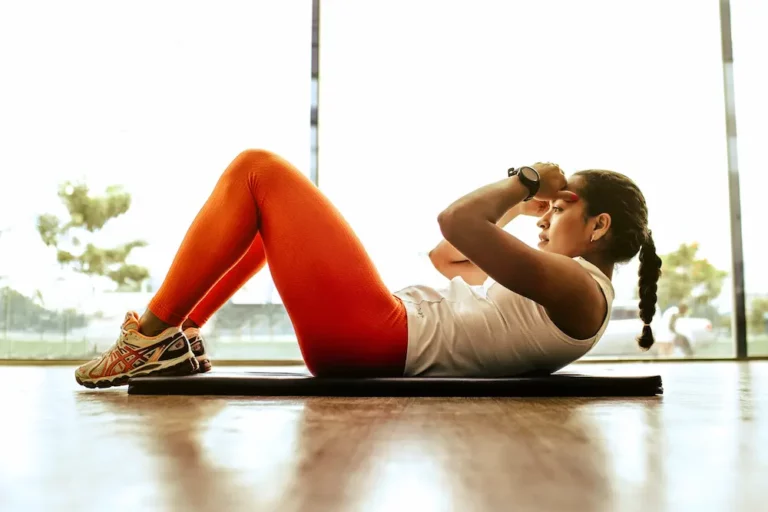Can’t Straighten Arm After Workout? Here’s What You Need to Know
As someone who regularly works out, experiencing soreness and tightness in my muscles is nothing new. However, there have been times when I’ve been unable to straighten my arm after a particularly intense bicep workout, leaving me wondering what went wrong. If you’ve ever found yourself in a similar situation, you’re not alone.
It’s relatively normal to experience soreness, tightness, and swelling in your arm that prevents you from comfortably stretching the elbow joint after a workout. This is especially true if you’ve tried a new exercise, changed the intensity, or are a novice. However, if you can’t straighten your arm after the gym, inflammation and damage to your muscle structures may be to blame. In this article, we’ll explore the causes and potential fixes for this issue to help you get back to your workout routine as quickly and safely as possible.
Understanding Arm Stiffness After Workout
When I experience arm stiffness after a workout, I know that it’s a sign that my muscles are repairing and growing stronger. However, it can be uncomfortable and limit my range of motion. In this section, I will explain why arm stiffness occurs after a workout and what you can do to alleviate it.
One of the primary causes of arm stiffness after a workout is muscle fatigue. When I engage in intense physical activity, such as weightlifting or repetitive arm exercises, my muscles undergo stress and strain. This leads to the accumulation of lactic acid and other metabolic byproducts, causing muscle fatigue. This fatigue can make it difficult to straighten my arms or even lift them above my head.
Another cause of arm stiffness is Delayed Onset Muscle Soreness (DOMS). This occurs when I engage in activities that my muscles are not used to or when I increase the intensity or duration of my workout. DOMS typically occurs 24-48 hours after exercise and can last for several days. It is most common after activities that involve eccentric muscle contractions, such as running downhill or performing squats.
To alleviate arm stiffness, I make sure to stretch before and after my workouts. I also use a foam roller to massage my muscles and increase blood flow. Additionally, I make sure to stay hydrated and get enough rest to allow my muscles to recover.
In conclusion, arm stiffness after a workout is a common occurrence that can be uncomfortable but is a sign that my muscles are repairing and growing stronger. By understanding the causes of arm stiffness and taking steps to alleviate it, I can continue to push myself in my workouts and see progress in my fitness goals.
Common Causes
When you can’t straighten your arm after a workout, it can be frustrating and painful. There are several common causes of this issue, including overtraining, incorrect technique, and delayed onset muscle soreness (DOMS).
Overtraining
Overtraining is a common cause of arm stiffness after a workout. This occurs when you train your muscles too much without giving them enough time to rest and recover. Overtraining can cause muscle fatigue, which can lead to pain and stiffness in your arms.
To avoid overtraining, it’s important to give your muscles time to rest and recover between workouts. You should also vary your workouts to avoid overworking the same muscles repeatedly.
Incorrect Technique
Incorrect technique is another common cause of arm stiffness after a workout. If you’re not using the correct form when lifting weights or doing other exercises, you can put unnecessary strain on your muscles and joints. This can lead to pain and stiffness in your arms.
To avoid incorrect technique, it’s important to learn proper form when doing exercises. You can work with a personal trainer or watch instructional videos to learn the correct way to perform exercises.
Delayed Onset Muscle Soreness (DOMS)
Delayed onset muscle soreness (DOMS) is a common cause of arm stiffness after a workout. DOMS occurs when you do an intense workout that causes micro-tears in your muscle fibers. This can lead to pain and stiffness in your arms a day or two after your workout.
To avoid DOMS, it’s important to gradually increase the intensity of your workouts. You should also stretch before and after your workouts to help prevent muscle soreness. Additionally, staying hydrated and eating a balanced diet can help reduce the severity of DOMS.
Symptoms to Look Out For
When you experience difficulty straightening your arm after a workout, you may be experiencing delayed-onset muscle soreness (DOMS). DOMS is a common post-workout issue that can leave your arm feeling stiff and limited in mobility.
Here are some symptoms to look out for:
- Muscle pain and stiffness: You may experience muscle pain and stiffness in the affected area, making it difficult to move your arm.
- Swelling and inflammation: You may notice swelling and inflammation in the affected area, which can be a sign of muscle damage.
- Limited range of motion: You may have difficulty moving your arm through its full range of motion, making it challenging to straighten your arm fully.
- Weakness: You may feel weak in the affected area, making it difficult to perform everyday tasks.
It is essential to listen to your body and take the necessary steps to prevent further injury. If you experience any of these symptoms, it is best to rest and allow your muscles to heal.
When to Seek Medical Help
If you experience severe pain or swelling that lasts longer than a few days, it may be time to seek medical help. Here are some signs that it’s time to see a doctor:
- The pain is severe and does not improve with rest or over-the-counter pain relievers.
- You have significant swelling or bruising that does not go away.
- You are unable to move your arm or have difficulty performing daily activities.
- You have a fever or other signs of infection, such as redness or warmth around the affected area.
It’s important to remember that while delayed onset muscle soreness (DOMS) is common after a workout, it should not last longer than a few days. If you experience symptoms that persist or worsen, it’s best to seek medical attention.
Your doctor may recommend rest, physical therapy, or other treatments to help alleviate your symptoms. In some cases, they may order imaging tests, such as an X-ray or MRI, to rule out any underlying injuries or conditions.
Remember, it’s always better to err on the side of caution when it comes to your health. If you are unsure whether your symptoms warrant medical attention, it’s best to consult with a healthcare professional.
Preventing Arm Stiffness After Workout
As someone who has experienced arm stiffness after a workout, I know how frustrating it can be. Fortunately, there are several ways to prevent this discomfort from happening in the first place.
Proper Warm-Up
One of the most important things you can do to prevent arm stiffness is to properly warm up before your workout. This means spending at least five to ten minutes doing light cardio, such as jogging or cycling, to get your blood flowing and your muscles warmed up.
In addition to cardio, you should also do some dynamic stretching to prepare your muscles for the workout ahead. This might include arm circles, shoulder shrugs, and other movements that mimic the exercises you’ll be doing.
Correct Exercise Technique
Another key factor in preventing arm stiffness is using correct exercise technique. This means paying attention to your form and making sure you’re using the right muscles to perform each exercise.
If you’re new to a particular exercise, it’s a good idea to work with a personal trainer or watch instructional videos online to ensure you’re doing it correctly. Using improper form can put unnecessary strain on your muscles and lead to stiffness and soreness.
Adequate Rest and Recovery
Finally, it’s important to give your muscles time to rest and recover between workouts. This means taking at least one day off between strength training sessions and avoiding overtraining.
In addition to rest, you can also use techniques like foam rolling and stretching to help your muscles recover more quickly. And don’t forget to stay hydrated and eat a healthy diet to support your body’s recovery process.
By following these tips, you can help prevent arm stiffness and enjoy a more comfortable and effective workout.
Treatment Options
If you’re experiencing difficulty straightening your arm after a workout, there are several treatment options to consider. Here are some of the most effective ways to alleviate pain and improve mobility.
Physical Therapy
Physical therapy is a great option for those who are experiencing persistent pain or limited mobility in their arms after a workout. A physical therapist can work with you to develop a personalized treatment plan that may include stretching, massage, and other techniques to help reduce inflammation and improve range of motion.
Over-the-Counter Medications
Over-the-counter medications such as ibuprofen and acetaminophen can help to alleviate pain and reduce inflammation in your muscles. However, it’s important to follow the recommended dosage and not rely on these medications as a long-term solution.
Home Remedies
There are also several home remedies that can help to alleviate pain and promote healing in your arm muscles. Here are a few to consider:
- Rest: Giving your muscles time to rest and recover is one of the most important things you can do to promote healing.
- Ice: Applying ice to your arm can help to reduce inflammation and alleviate pain.
- Heat: Using a heating pad or taking a warm bath can help to relax your muscles and improve circulation.
- Stretching: Gentle stretching exercises can help to improve range of motion and reduce stiffness in your arm muscles.
- Massage: Massaging your arm muscles can help to promote healing and reduce pain.
Remember, it’s important to listen to your body and avoid pushing yourself too hard during workouts. If you’re experiencing persistent pain or limited mobility in your arms, be sure to consult with a healthcare professional to determine the best course of treatment for your specific needs.
Conclusion
In conclusion, experiencing difficulty straightening your arm after a workout is a common post-workout issue known as delayed-onset muscle soreness (DOMS). This occurs due to microscopic damage to muscle fibers during exercise.
If you’re new to resistance training or have taken a significant amount of time off away from the gym, you’re more likely to see an overreaction to a modest amount of stimuli to the muscles. This can cause soreness and difficulty in straightening your arms after a workout.
To fix this issue, it’s important to take proper precautions before and after your workout. This includes warming up, stretching, and cooling down properly. Additionally, proper nutrition and hydration can help alleviate soreness and promote muscle recovery.
If you’re experiencing excessive soreness or difficulty in straightening your arms after a workout, it’s important to consult with a healthcare professional. They can provide personalized advice and treatment options to help alleviate your symptoms and prevent further injury.
Remember, soreness and difficulty in straightening your arms after a workout is a common issue that can be remedied with proper care and attention. By taking the necessary precautions and seeking professional help when needed, you can continue to enjoy the benefits of resistance training without experiencing excessive soreness or injury.

